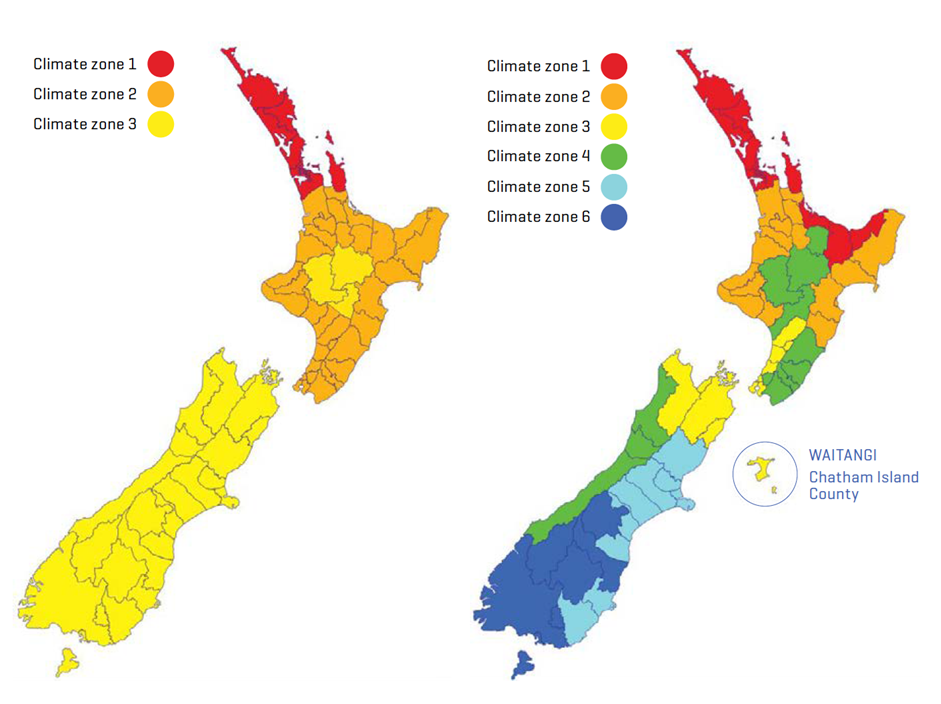Buying guide
Insulation R-values: everything you need to know (2025)
Understand New Zealand’s minimum standards

Insulation is a bulky material usually installed in between the framing and exterior of a building to reduce the flow of thermal energy in and out of the space. In other words, it keeps heat from escaping your home in the winter, and keeps the cooler air in during summer.
Most people know that – but many don’t understand insulation R-value requirements in New Zealand.
What are insulation R-values?
R-value is the construction industry term for how well a barrier resists the flow of heat. In the context of construction, the barrier is usually insulation, windows, and other surfaces on the exterior of a home.
The higher the R-value, the better the performance of the material (and the better it will be at keeping your home warm).
To ensure Kiwi homes are healthy and energy efficient, there are minimum requirements for insulation R-values in NZ. These are prescribed by the New Zealand building code and must be followed when building new houses, or in some cases when renovating existing homes.
Insulation requirements in NZ
Because New Zealand’s weather conditions and temperatures are different depending on the location, the building code divides the country into climate zones (there was three but as of 2023 there are six). There are different insulation requirements depending on which climate zone your home is located in.
New Zealand’s six climate zones:
Source - NZ government building perfromance
NZ insulation requirements by climate zone
Source - NZ government building perfromance
Around 30-35% of heat loss in a home comes from the roof, which is why the required value for roof insulation is so high (and also because it’s cheap and easy to install insulation in most ceiling cavities). Slab on ground floors require less insulation because it’s more difficult to install it in these floors, while other floors have more space. Similarly, it’s difficult and expensive to achieve a high R-value for windows, so this number is a bit lower.
How do insulation requirements in NZ affect you?
If you’re building a new home it must meet or exceed the insulation requirements in New Zealand’s building code.
If you’re extending an existing home, the extension must meet or exceed the insulation requirements.
Insulation is an up front cost when building or renovating, but it could save you a considerable amount in future by making your home easier to heat and cool. Talk to your builder to find out more about options for insulation and passive home principles.
DISCLAIMER: The information contained in this article is general in nature. While facts have been checked, the article does not constitute advice. The article is only intended to provide education about R values. Nothing in this article constitutes a recommendation that any service is suitable for any specific person. We cannot assess anything about your personal circumstances, your finances, or your goals and objectives, all of which are unique to you.
Author
Advice & Tools
Search
Other articles you might like
.jpg)








